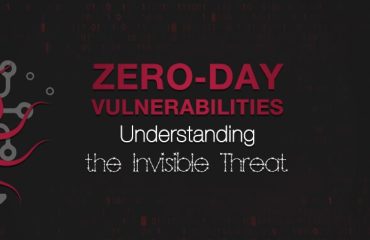
Social engineering is a term that has become increasingly relevant in today’s fast-paced, technology-driven world. It refers to the psychological manipulation of individuals to divulge sensitive information or perform specific actions, often with malicious intent.
What is Social Engineering?
Social engineering refers to the art of manipulating people into divulging sensitive information or performing actions that may compromise their security. Unlike traditional hacking methods, which exploit technical vulnerabilities in computer systems, social engineering targets the human element, exploiting vulnerabilities in human psychology and decision-making. Social engineering attacks can manifest in various forms, including phishing emails, pretexting, baiting, and tailgating.
The Impact of Social Engineering on Organizations
The consequences of social engineering can be far-reaching and damaging for organizations. Successful social engineering attacks may result in unauthorized access to sensitive data, network infiltration, financial fraud, and reputational damage. As cybercriminals become increasingly sophisticated, organizations must remain vigilant in guarding against social engineering threats.
The Human Factor: The Weakest Link in Cybersecurity
The human element is often regarded as the weakest link in an organization’s cybersecurity. Employees and other stakeholders may inadvertently fall victim to social engineering attacks, compromising the security of the organization’s systems and data. Building a strong security culture and raising awareness about social engineering tactics are essential in mitigating these risks.
Preventing and Mitigating Social Engineering Risks
Implementing a multi-layered approach to security is crucial in defending against social engineering attacks. Below are some strategies that can help organizations bolster their defenses and protect against social engineering threats.
Employee Education and Training
Educating employees about social engineering tactics and their potential consequences is essential in building a robust security culture. Regular training sessions should be conducted to acquaint employees with the latest social engineering techniques, ensuring that they remain vigilant against potential attacks.
Implementing Robust Security Policies
Establishing clear, enforceable security policies is a critical component of an organization’s defense against social engineering attacks. These policies should include guidelines for handling sensitive information, reporting suspicious activities, and maintaining a secure digital environment.
Multi-factor Authentication
Multi-factor authentication (MFA) provides an additional layer of security, requiring users to verify their identity through multiple means (e.g., something they know, something they have, and something they are). Implementing MFA can significantly reduce the risk of unauthorized access resulting from social engineering attacks.
Regular Security Assessments and Penetration Testing
Periodic security assessments and penetration tests can help organizations identify and address vulnerabilities in their systems, processes, and personnel. By simulating social engineering attacks, organizations can gauge the effectiveness of their security measures and identify areas for improvement.
Social engineering is a significant threat to organizations, with cybercriminals increasingly targeting the human element to gain unauthorized access, steal sensitive information, and perpetrate financial fraud. By understanding the nature of social engineering, implementing robust security policies and measures, and fostering a strong security culture, organizations can minimize their exposure to social engineering risks and protect their valuable assets.



